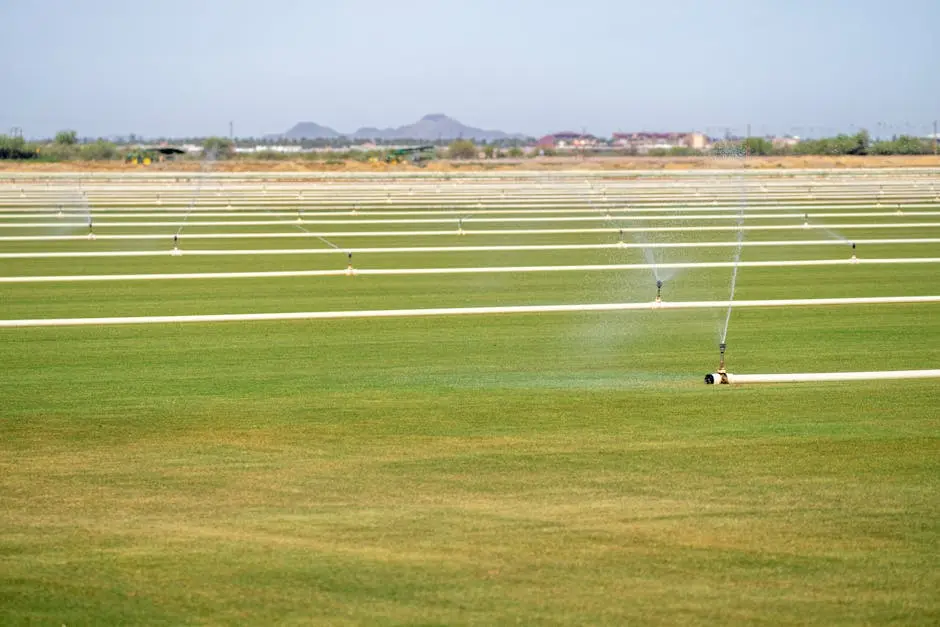How Can Surface Drains Improve Your Irrigation System?
Irrigation systems are essential for efficient water management, but surface water can pose challenges. Have you considered the potential of surface drains in enhancing your system's performance? Let's explore how surface drains can be the solution you need.
Understanding Surface Drains in Irrigation
Surface drains are shallow channels that help redirect excess water away from fields. They play a crucial role in preventing waterlogging and soil erosion, which are common challenges in irrigation systems.
When surface water accumulates on agricultural fields, it can hinder plant growth and lead to soil degradation. Surface drains prevent this by efficiently channeling the water away, maintaining optimal growing conditions.
By understanding the importance of surface drains, farmers can enhance their irrigation strategies significantly. These drains not only manage water flow but also support sustainable agricultural practices.
Benefits of Implementing Surface Drains
Surface drains can improve water distribution efficiency, reduce soil compaction, and protect against over-saturation. By preventing water build-up, these drains can also decrease the risk of crop damage.
Implementing surface drains is a cost-effective way to enhance your irrigation system. They require minimal maintenance and can be adapted to fit various field layouts, making them a versatile solution for modern agriculture.
The environmental benefits of using surface drains are significant, as they help in reducing water waste and promoting healthier soil conditions, which in turn supports better crop yields over time.
How to Integrate Surface Drains into Your Current System
To add surface drains, start by assessing your field’s topography. Plan the layout to ensure optimal water flow. Work with a professional if needed to guarantee proper installation and functioning.
Incorporating surface drains into your current system doesn't have to be difficult. Begin with mapping out the areas prone to flooding and design the drain network accordingly. For technical assistance, our team at Diamond Scenery is ready to help.
Consider using local materials for constructing your surface drains to keep costs low and support local economies. This approach also makes it easier to maintain the drains and extend their lifespan.
Maintaining Your Surface Drains
Regular maintenance of surface drains is key to their effectiveness. Clear debris, monitor drain performance, and make necessary adjustments to ensure your system remains efficient.
Regular inspections help identify potential blockages or structural damages early. This proactive approach saves on repair costs and minimizes disruptions to your irrigation routine.
Incorporate drainage maintenance into your seasonal farming schedule to ensure consistency and effectiveness. This can be as simple as scheduling periodic assessments or aligning it with other field activities.
Maximize Your Irrigation System's Potential with Surface Drains
Incorporating surface drains into your irrigation system can significantly enhance performance, improve water management, and prolong the lifespan of your system. It's a cost-effective strategy that addresses common irrigation challenges while maintaining the health of your soil and plants. For more information on enhancing your irrigation solutions, visit us at Diamond Scenery.

